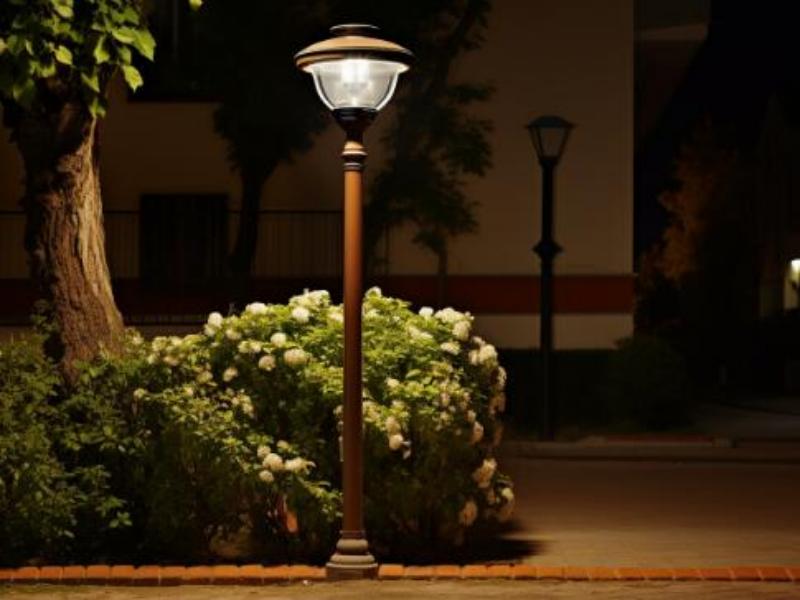Ensuring proper lighting on residential streets is critical to the safety of residents. Residential street lights play a vital role in improving visibility and deterring criminal activity. One of the key factors to consider when installing residential street lights is the spacing between each light. The spacing of streetlights can significantly affect their effectiveness in illuminating the area and providing a sense of security. In this article, we will discuss the factors to consider when setting the spacing between street lights in your neighborhood.
First, it’s important to understand that there is no one-size-fits-all approach when it comes to determining the spacing of residential street lights. Optimal spacing depends on various factors such as the type of light fixture used, the height of the light pole, the width of the street, and the required lighting levels. Additionally, it is important to consider the specific needs and preferences of the area’s residents.
One of the most common methods of determining residential street light spacing is to follow lighting standards and guidelines set forth by organizations such as the Illuminating Engineering Society (IES) and the American National Standards Institute (ANSI). These organizations provide recommendations and standards for street lighting based on factors such as road classification, traffic volume, and pedestrian activity.
The type of luminaire used plays a crucial role when determining the optimal spacing of street lights. Different types of fixtures have different light distribution patterns and lumen outputs, which will affect spacing requirements. For example, high-intensity discharge (HID) fixtures may be spaced farther apart than LED fixtures because they typically have a wider light distribution and higher lumen output.
When setting the spacing between residential street lights, the height of the light pole is another important consideration. Taller poles and higher wattage fixtures can cover a larger area, thereby increasing the spacing between each light. Conversely, shorter poles and lower wattage fixtures may require closer spacing to achieve the desired lighting levels.
Street width is also an important factor to consider when determining street light spacing. Wider streets may require lights spaced more closely together to ensure proper coverage and illumination, while narrower streets may require lights spaced farther apart to provide adequate illumination.
In addition to technical considerations, it is also important to consider the specific needs and preferences of the area’s residents. Consulting with local communities and gathering feedback about their lighting needs and concerns can help ensure streetlights are spaced to meet residents’ requirements.
When setting residential street light spacing, it is important to conduct a thorough site assessment to evaluate the specific requirements of the area. This may involve conducting photometric analysis to determine light levels and distribution, as well as considering any potential obstructions or obstructions that may affect the effectiveness of the lighting.
Overall, the spacing of residential street lights is a critical factor in ensuring proper lighting and safety for residents. By considering factors such as fixture type, pole height, street width, and community feedback, the best spacing can be determined to meet the specific needs of the area. Following lighting standards and guidelines can also provide valuable insights into best practices for setting residential street light spacing. Ultimately, careful consideration and planning are critical to ensuring residential streets are well-lit and safe for the community.
If you are interested in residential street lights, welcome to contact Tianxiang to get a quote.
Post time: Jan-12-2024





